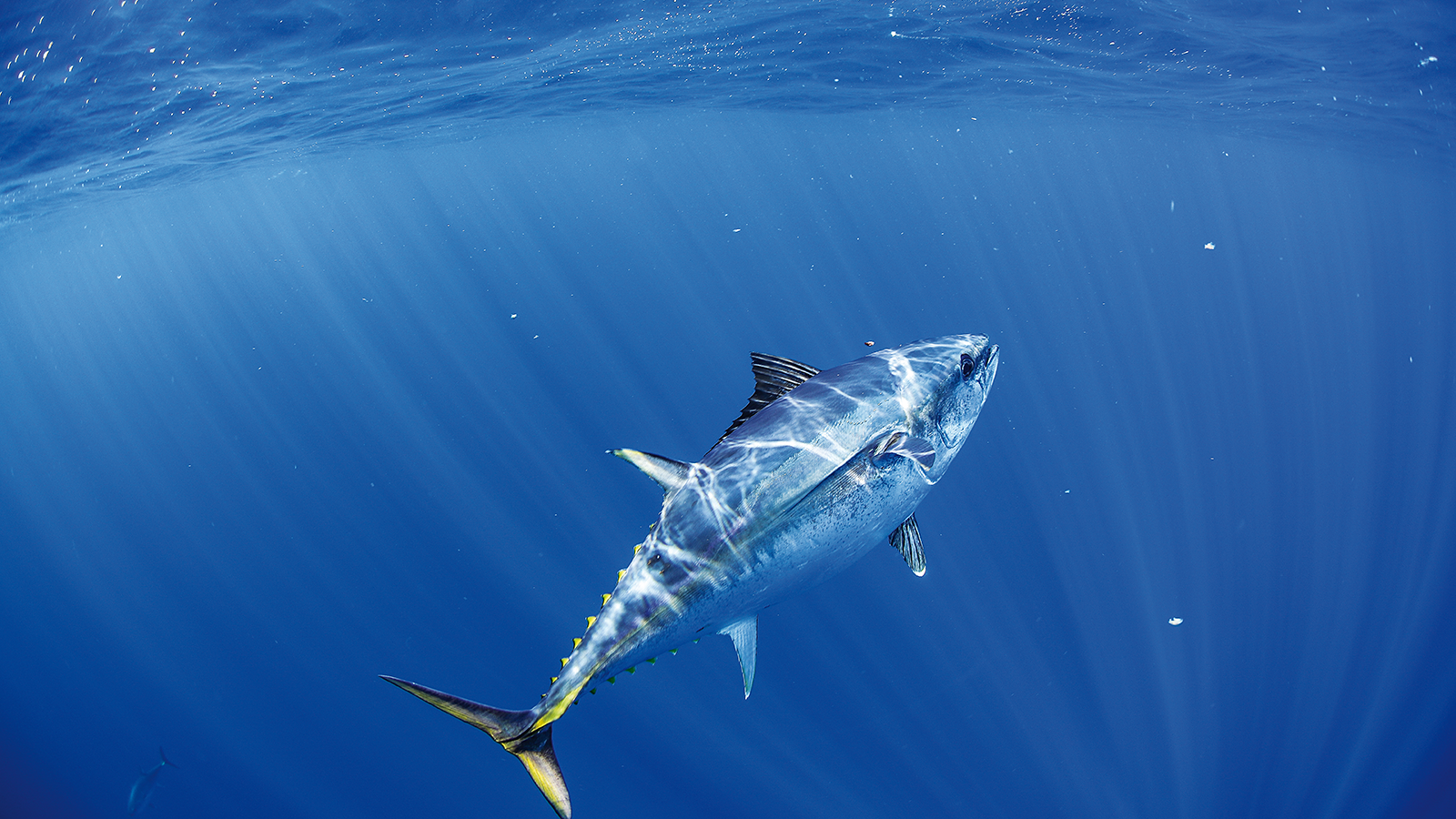Throughout Australia’s coastal fisheries, there is a need to address external, often land-based threats to fishery sustainability. Such threats are often dismissed or poorly understood, so that management responses may be focused on restraining fishing effort instead of addressing external threats. A collaborative approach is needed, which brings together fishers, land users, catchment managers and fisheries managers to educate each other, share understanding of the system, and decide on management actions targeted to be both realistic and effective.
In Corner Inlet, the threat to fishery productivity caused by a decline in seagrass health and cover needs to be addressed. The causes for this decline appear complex. The West Gippsland CMA has initiated a Water Quality Improvement Plan to address nutrients and sediment runoff, but this project is needed to adequately counter these and other threats to the seagrass system. To properly target management actions and verify their effectiveness, the first-hand knowledge of fishers is needed to identify areas of seagrass loss and areas currently under threat. The effects of agricultural chemicals must be considered, and there is a need to convey the threats and their solutions to the land-users who can affect change in the catchment – the farmers. To sustain this process, methods that can provide early warning of threats by monitoring specific aspects of seagrass are needed.
This project will facilitate direct lines of communication and thus a collaborative approach by fishers, farmers, researchers, councils and catchment and fishery managers to understand the linkages, so as to implement ecosystem-based management. Further, it will provide a model as to how such collaborative approaches may be best carried out in other Australian coastal fisheries.
The project meets Victorian FRAB priority 2012 - Understanding linkages between primary productivity and fisheries to improve ecosystem based fisheries management.








